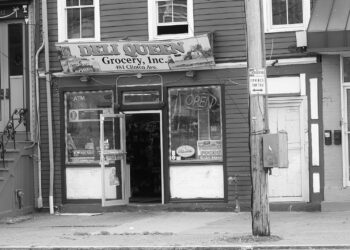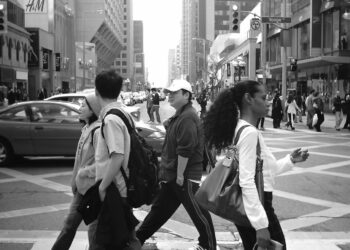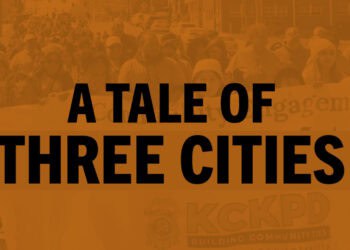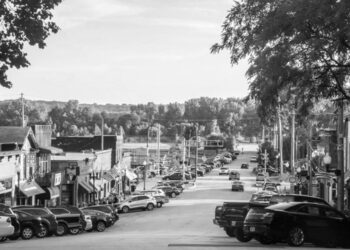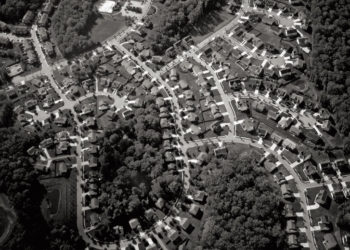- Home
- About Us
Our Vision
BCP’s vision is that free-market municipal policy solutions are broadly available, widely acceptable, and regularly employed, enabling American cities to achieve their full potential as engines of economic prosperity. We reject the idea that cities are lost to free-market principles or policies.Our Mission
BCP uncovers ideas that work, promotes realistic solutions, and forges partnerships that help people in America’s largest cities live free and happy lives. - Research and Projects
- Latest Insights
- Videos
- Contact
Address
304 S. Jones Blvd #2826
Las Vegas NV 89107Phone
(702) 608-2046
Hours
Monday through Friday, 8 a.m. - 5 p.m.
Email
info@better-cities.org
- Home
- About Us
Our Vision
BCP’s vision is that free-market municipal policy solutions are broadly available, widely acceptable, and regularly employed, enabling American cities to achieve their full potential as engines of economic prosperity. We reject the idea that cities are lost to free-market principles or policies.Our Mission
BCP uncovers ideas that work, promotes realistic solutions, and forges partnerships that help people in America’s largest cities live free and happy lives. - Research and Projects
- Latest Insights
- Videos
- Contact
Address
304 S. Jones Blvd #2826
Las Vegas NV 89107Phone
(702) 608-2046
Hours
Monday through Friday, 8 a.m. - 5 p.m.
Email
info@better-cities.org
through research
designed for real-world buy-in
We forge partnerships
that turn ideas into results
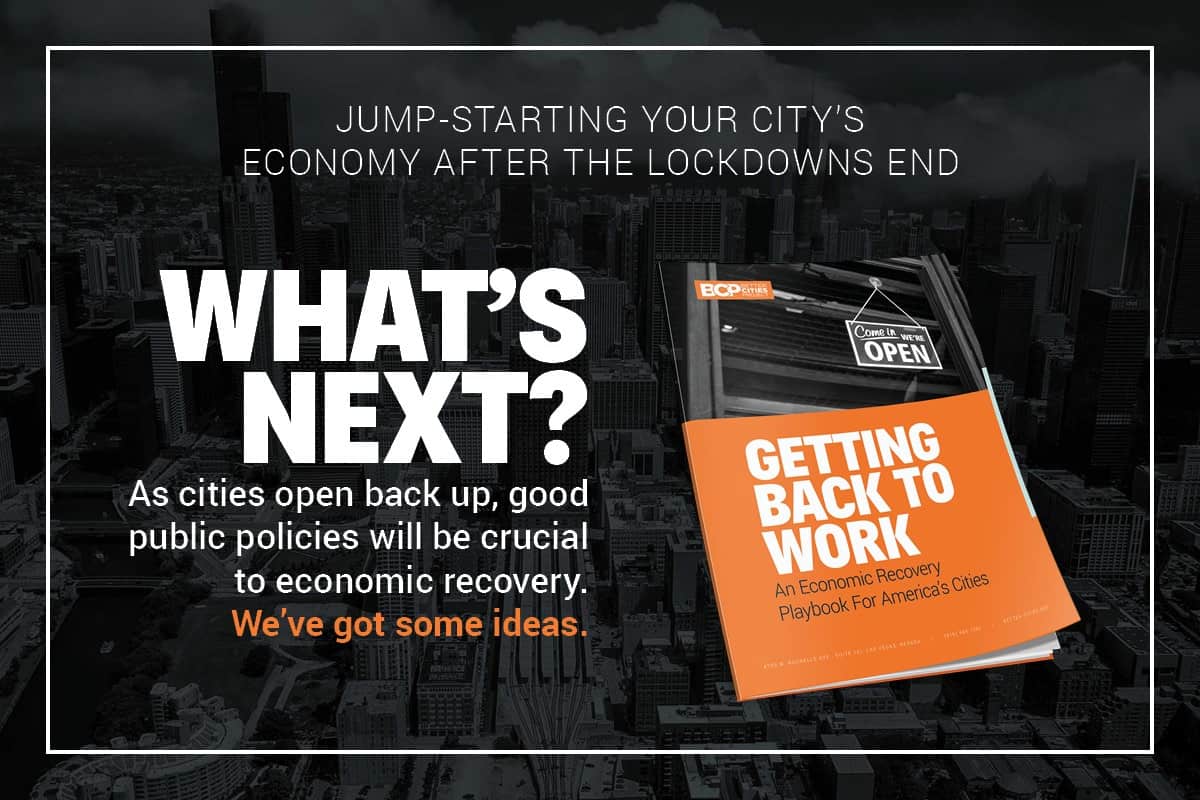
Soda taxes can become a sticky mess
Cities have become dependent on soda tax revenue for everything from food banks to early childhood programs. That was always risky; if people buy less soda, the money dries up
Zoning reform’s revival of corner stores
In cities like Seattle, residents are showing overwhelming support for bringing corner stores back, viewing them as a solution to long-standing issues.
Return-to-office mandates may not be the solution to downtown struggles that Canadian cities are banking on
Instead of trying to force unwilling workers back to the office, Canadian cities should instead focus on developing downtowns that people genuinely want to visit and experience.
Documentary: A Tale of Three Cities
The program compares Kansas City, Missouri with neighboring Kansas City, Kansas and Omaha, Nebraska, similar cities that have been working successfully to address their own challenges with violent crime.
Twice as many small towns have eliminated parking mandates as large cities
While large cities like San Jose, California, and Austin, Texas, garner national press coverage for eliminating parking mandates, this policy reform is most commonly enacted in towns with fewer than 25,000 residents.
We'd like to help
BCP provides information, education and research-backed policy solutions that create more prosperous, livable cities. We work with:
ELECTED OFFICIALS: BCP can keep you of top of the best in municipal policy. Stay up to date with our newsletter or attend one of our upcoming training sessions.
CITY STAFF: The devil’s in the details, and BCP works with city department leaders to ensure you have sound information and policy recommendations. Our free research-memo service can take the legwork out of sorting through today’s most innovative municipal policy ideas.
RESIDENTS AND MEDIA: We can help you uncover what’s working well for other cities, so you can decide what will work best in yours.
Media and Commentary
Don’t make policing ideological. Here’s how to establish 2-way trust
From The Kansas City Star
Transparent, open government: what it takes, what it delivers, and how it helps governments
From Americans for Prosperity Foundation's Sunshine Week

Faster than a downtown bike courier...
Sign up for occasional emails from BCP. We'll keep you up to date with the latest ideas, policies and innovations shaping America's biggest cities.
Thanks -- you have successfully subscribed!
Follow Us
Our Focus Areas

Better Cities Project helps people in America’s largest cities live free, happy lives. We uncover what works, promote solutions, and forge partnerships that turn ideas into results.
© 2023 Better Cities Project


